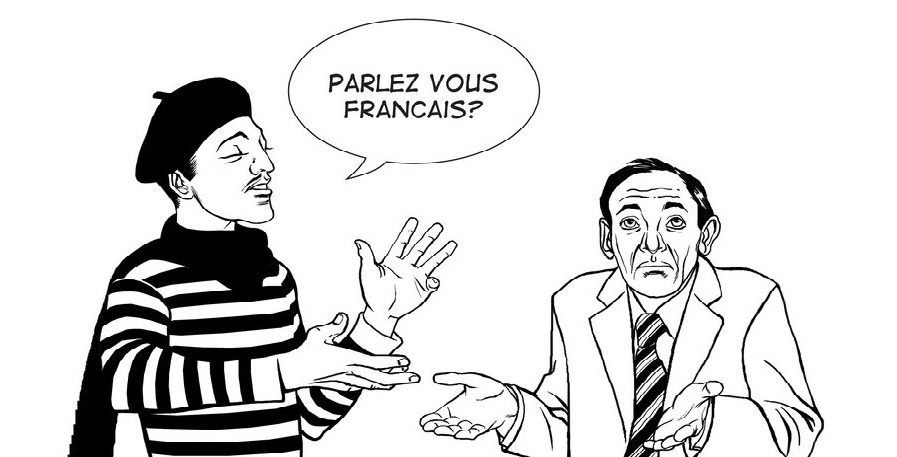‘Parlez-vous français?’ – PR in a Multilingual Environment
As a Pole who spent most of her life in Belgium and recently arrived to Canada, I’ve always experienced communication through the multilingual lens. This unique experience was enhanced by my internship at the Alliance Française de Vancouver where we were regularly asked: ”How do I engage English and French communities?” In a city like Vancouver which is so multi-cultural, this is an issue we face more often than not – especially from a PR perspective.
Below are a few important aspects to keep in mind when creating an efficient multilingual/multicultural PR campaign.
Iceberg theory
The language is just the tip of the iceberg. We sometimes only concern ourselves with what is visible, or in this case audible; but language is built on a shared history, specific cultural norms, beliefs and behaviours. Or in the case of this metaphor, the invisible and more substantial part of the iceberg.
We don’t just speak a language; we experience it. It’s very difficult to artificially leverage a language without immersing ourselves in the context and the values that surround it.
A language grows and evolves within a culture, and this culture must be taken into account when we apply our PR campaign to another linguistic group. Doing PR in another language does not mean just duplicating the words. We have to take into account the social and cultural context of the people that the campaign is directed to.
Context and cultural background
While working at the Alliance Française, I was in responsible for organizing cultural events and promoting them to French and English speakers alike. I couldn’t simply translate a promotional campaign that was working well in French into English, the soul and purpose had to be translated as well.
One example, for the 60th anniversary of women’s right to vote in France, we decided to organize a conference about Simone de Beauvoir – a leading figure in French feminism during the second half of the 20th century. We found that the process was quite straightforward for the French speaking public, who were very familiar with the impact of Simone de Beauvoir. However, we had to take an additional step when promoting the event to the English speaking public who were less familiar with her. We explained who Simone de Beauvoir was in our English promotions and connected the event to the history of Canadian feminism, which proved more engaging.
This is a perfect example of why a PR campaign needs to be sensitive to its audience. Start by researching the subjects which are relevant to your audience. Then test your campaign materials on a native speaker to ensure that they are receiving the message about what the campaign is promoting. In the case of the Alliance Française, if we were assuming that all English speaking Canadians were as familiar with the French culture as Frenchmen are, we wouldn’t have been able to attract much of the English speaking public, had we not tailored our promotional materials to their needs.
“You’re welcome” is not “For nothing”
Most importantly, be aware of word-for-word translations. If you have ever used Google Translation, you might have noticed that it’s usually not the best tool to use if you want to be understood in another language. Translated literally, “you’re welcome” in French will result in “tu es bienvenu” which means ”you’re welcome to my house”, and if we translate ”de rien” (which is actually what we say for ”you’re welcome”) in English, it will become ”for nothing”, which is not really used in English.
It’s one of the most extreme examples, but it’s definitely not the only one, and it shows us that we must pay attention to different expressions when we pass from one language to another, as what is obvious for you isn’t always obvious for others.
Speaking another language means seeing the world differently, and our diversity is what makes us interesting!

